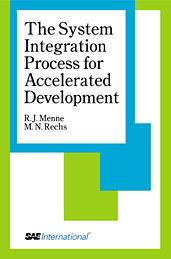Technical Paper
Low Emission and Fuel Consumption Natural Gas Engines with High Power Density for Stationary and Heavy-Duty Application
1999-08-17
1999-01-2896
Today, natural gas engines for stationary and vehicular applications are not only faced with stringent emission legislation, but also with increasing requirements for power density and efficient fuel consumption. For vehicular use, downsizing is an advantageous approach to lowering on-road fuel consumption and making gas engines more competitive with their diesel counterparts. In SI-engines, the power density at a given compression ratio is limited by knocking, or NOx emissions. A decrease in compression ratio, lowering both NOx emissions and the risk of knocking combustion, increases fuel consumption. An increase in air-fuel-ratio, required to avoid knocking at higher thermal loading, increases boost pressure, HC and CO emissions, and mechanical loading and causes the danger of misfiring. As a result, the performance of the latest production gas engines for vehicles remains at a BMEP of 18…20 bar with a NOx emission level of 2…5 g/kWh.

